Home>Garden Essentials>How Does Crop Rotation Help Preserve Soil?
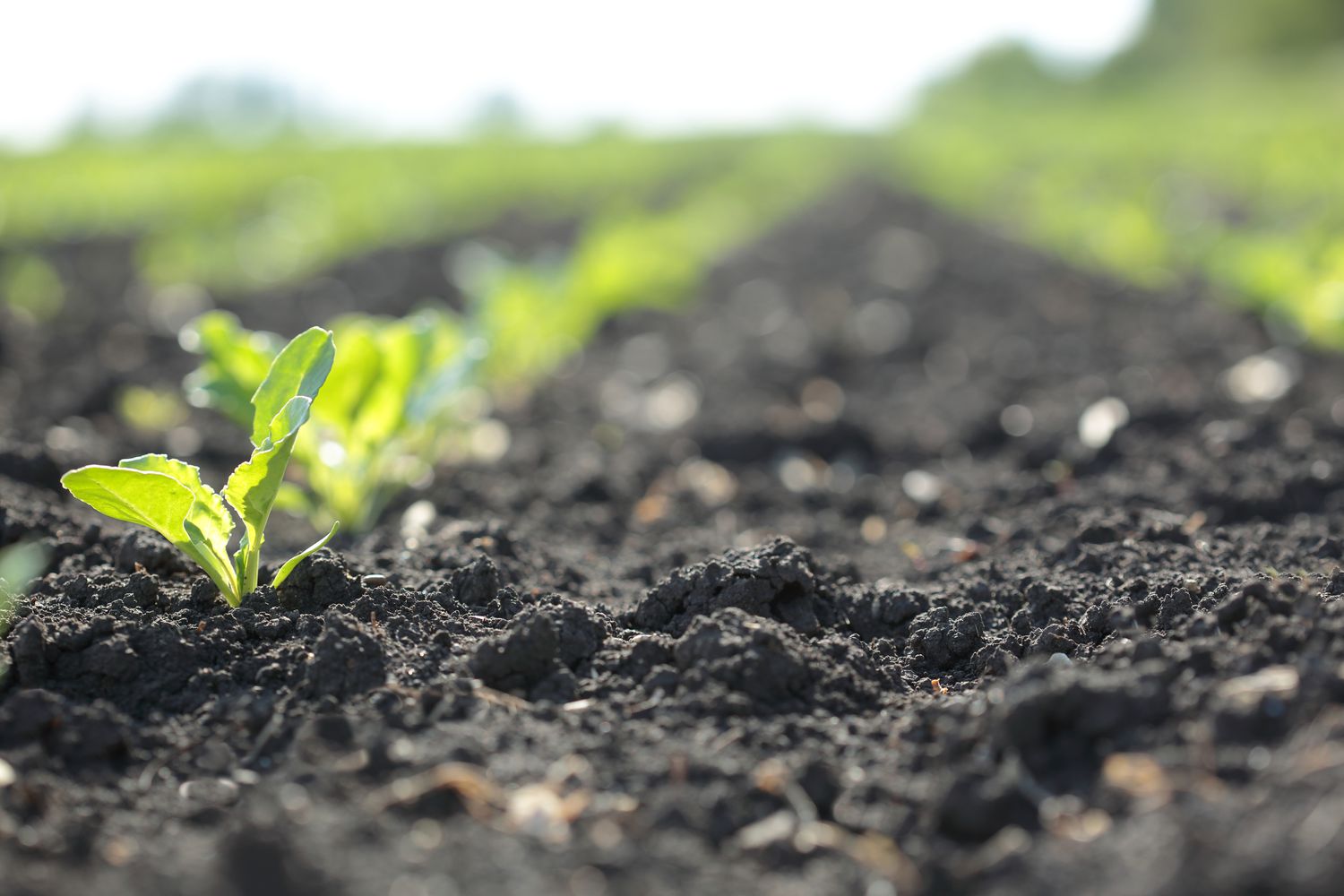

Garden Essentials
How Does Crop Rotation Help Preserve Soil?
Modified: March 20, 2024
Learn how crop rotation can help preserve soil health in your garden. Discover the benefits of rotating crops to prevent soil depletion and maintain nutrient balance.
(Many of the links in this article redirect to a specific reviewed product. Your purchase of these products through affiliate links helps to generate commission for Storables.com, at no extra cost. Learn more)
Introduction
Crop rotation is a time-honored agricultural practice that involves the systematic rotation of different crops in a specific sequence on a particular piece of land. It is a method used by farmers and gardeners to preserve and improve the quality of soil while maximizing crop yields. This sustainable and environmentally friendly technique has been practiced for centuries and continues to be widely used today.
The concept behind crop rotation is simple yet powerful. By alternating crops from year to year or season to season, different crop species with different nutrient requirements are grown in a particular area. This allows the soil to be replenished with essential nutrients and microbes and reduces the risk of soil-borne diseases, pests, and weeds.
Crop rotation involves dividing the land into different sections or plots and assigning specific crops to each plot for a specific period. For example, one plot may be dedicated to legumes such as peas and beans, which have the ability to fix nitrogen in the soil, while another plot may be used for root crops like carrots and potatoes. This rotation helps maintain a balanced nutrient profile in the soil and minimizes the risk of nutrient depletion.
There are several reasons why crop rotation is key to preserving soil fertility and health. In this article, we will explore the importance of soil preservation, the mechanisms of soil degradation, and the numerous benefits that crop rotation provides.
Key Takeaways:
- Crop rotation helps farmers keep their soil healthy by switching the types of crops they grow. This prevents soil from losing nutrients and helps control pests and weeds.
- By changing the crops they grow, farmers can stop their soil from getting tired and worn out. This helps them grow healthier plants and protect the environment.
Read more: How Does Crop Rotation Help Soil Fertility
Definition of Crop Rotation
Crop rotation is a farming technique that involves the systematic and planned rotation of different crops in a specific sequence over a defined period of time. It is a sustainable approach to agriculture that aims to maintain the fertility of the soil, control pests and diseases, and improve crop yields.
During the crop rotation process, farmers alternate the types of crops grown in a particular field over multiple seasons or years. This rotation typically involves planting crops from different plant families with different growth characteristics and nutrient requirements. For example, a common crop rotation sequence may involve alternating between legumes, grains, and root crops.
The specific rotation pattern and duration depend on various factors, including the types of crops grown, the climate, and the specific nutrient needs of the plants. Generally, crop rotations span over a period of three to five years, although some rotations can extend beyond this timeframe.
The primary objectives of crop rotation are to:
- Preserve soil fertility and minimize nutrient depletion: Different crops have varying nutrient requirements. By rotating crops, farmers can prevent the excessive depletion of specific nutrients from the soil. For example, legumes are known to fix atmospheric nitrogen, replenishing the soil with this valuable nutrient for subsequent crops.
- Control pests and diseases: Continuous cultivation of the same crop in a field can lead to a buildup of pests and diseases that specifically target that crop. By rotating crops, farmers interrupt the life cycles of these pests and diseases, reducing their populations and minimizing the need for chemical interventions.
- Manage weeds: Crop rotation can help control weeds by interrupting their growth cycles. Different crops have different growth characteristics and root systems, which can suppress the growth of certain weed species.
- Promote balanced soil ecology: Crop rotation encourages the development and maintenance of a diverse soil ecosystem. Different crops support different soil microorganisms, beneficial insects, and wildlife, contributing to a healthier overall ecosystem.
Overall, crop rotation is a fundamental practice in sustainable agricultural systems. It promotes soil health, enhances biodiversity, and contributes to the long-term sustainability and productivity of farming operations.
Importance of Soil Preservation
Soil preservation is crucial for the sustainability of agriculture and the overall health of our planet. Soil serves as the foundation for plant growth, providing essential nutrients, water, and support. Unfortunately, soil degradation has become a pressing global issue, threatening food security and environmental stability. This is where crop rotation plays a vital role in preserving the health and productivity of soil.
One of the primary reasons why soil preservation is important is its role in sustaining food production. The world’s population is growing, and we need to produce more food to feed everyone. However, many agricultural practices, such as monoculture and excessive use of chemical fertilizers, have led to soil degradation. Soil erosion, nutrient depletion, and loss of organic matter are significant challenges that affect the long-term productivity of farmland.
Crop rotation helps address these challenges by preserving soil fertility and structure. By diversifying the crops grown in a field, farmers can maintain a healthy balance of nutrients. Different crops have varying nutrient requirements, and rotating crops helps prevent nutrient depletion and promote nutrient recycling. For example, legume crops, like peas and beans, have the ability to fix atmospheric nitrogen, replenishing the soil with this essential nutrient.
In addition to nutrient preservation, soil erosion is also a major concern in agriculture. Rainfall and wind can erode the topsoil, which is rich in organic matter and nutrients. This erosion not only leads to a loss of fertile soil but also exacerbates water pollution. Crop rotation can help mitigate soil erosion by reducing the continuous exposure of the soil to the elements. Different crops have different root systems, which help to anchor the soil, improve its structure, and reduce erosion.
Moreover, crop rotation plays a significant role in suppressing pests, diseases, and weeds. When the same crop is grown continuously in a field, pests and diseases that target that crop can build up and become more difficult to control. By rotationally planting crops from different families, farmers disrupt the life cycles of pests and diseases, reducing their populations and minimizing the need for chemical interventions. Similarly, crop rotation helps in managing weeds by interrupting their growth cycles and reducing weed pressure.
By practicing crop rotation, farmers can improve soil health, enhance nutrient availability, reduce erosion, and minimize the use of chemical inputs. Ultimately, soil preservation through proper crop rotation practices is essential for sustainable agriculture, biodiversity conservation, and the long-term well-being of our planet.
Mechanisms of Soil Degradation
Soil degradation refers to the deterioration in soil quality, resulting in a decline in its fertility, structure, and overall health. Numerous factors contribute to soil degradation, and understanding these mechanisms is essential for implementing effective soil preservation strategies. Let’s explore some of the key mechanisms of soil degradation:
- Erosion: Soil erosion is the process by which the top layer of soil is removed or displaced, primarily due to water and wind. This leads to the loss of fertile topsoil, which is rich in organic matter, nutrients, and microorganisms. Factors such as rainfall intensity, slope steepness, and land management practices can exacerbate soil erosion.
- Compaction: Soil compaction occurs when the soil particles are compressed, reducing the pore spaces and limiting the movement of air, water, and roots within the soil. This can result from heavy machinery use, livestock trampling, and improper land management practices. Compacted soil hinders root growth and reduces water infiltration, leading to poor plant growth and increased erosion.
- Nutrient depletion: Continuous cultivation of the same crop without proper nutrient management practices can deplete the soil of essential nutrients. Plants take up nutrients from the soil and, if not replenished, the soil becomes deficient. This can result in reduced crop yields and the need for excessive fertilizer application, which can further contribute to environmental pollution.
- Acidification: Soil acidification occurs when the pH level of the soil drops below the optimal range for plant growth. This can happen due to factors such as excessive use of acidic fertilizers, improper irrigation practices, or the leaching of acidic compounds. Acidic soil limits nutrient availability and can adversely affect plant growth and microbial activity.
- Loss of organic matter: Organic matter in the soil plays a crucial role in soil structure, water holding capacity, and nutrient cycling. However, practices such as over-tillage, excessive use of synthetic fertilizers, and lack of organic matter inputs can lead to a decrease in organic matter content. This results in reduced soil fertility, decreased water-holding capacity, and increased susceptibility to erosion.
- Salinization: Salinization occurs when the salt content in the soil increases to levels that are detrimental to plant growth. This typically happens in arid and semi-arid regions where evaporation rates exceed precipitation, leaving behind concentrated salts. Irrigation with saline water or improper drainage practices can also lead to salinization, making the soil unusable for agriculture.
These mechanisms of soil degradation can have severe consequences for agricultural productivity and environmental sustainability. Fortunately, implementing sustainable agricultural practices, such as crop rotation, can help mitigate these issues and promote soil health and fertility.
Benefits of Crop Rotation
Crop rotation is a powerful agricultural practice that offers numerous benefits for both farmers and the environment. By diversifying the crops grown in a field and rotating them in a planned sequence, farmers can enhance soil fertility, reduce the risk of pests and diseases, improve weed control, and promote overall sustainable agricultural systems. Let’s explore the key benefits of crop rotation:
- Enhanced Nutrient Availability: Different crops have varying nutrient requirements. By rotating crops, farmers can prevent the excessive depletion of specific nutrients from the soil. For example, legume crops, such as peas and beans, have the ability to fix atmospheric nitrogen through a symbiotic relationship with nitrogen-fixing bacteria. This replenishes the soil with nitrogen, benefiting subsequent crops.
- Reduction of Soil Erosion: Continuous cultivation of the same crop can lead to soil erosion, as the roots of a single crop may not provide adequate soil coverage and anchorage. By rotating crops with different root systems, farmers can improve soil structure, increase organic matter content, and reduce erosion. Deep-rooted crops like alfalfa or cover crops like rye can help break up compacted soil layers and improve water infiltration.
- Pest and Disease Control: Planting the same crop repeatedly in the same field create ideal conditions for pests and diseases to thrive. By practicing crop rotation, farmers disrupt the life cycles of pests and diseases, making it more difficult for them to establish and spread. This reduces the need for chemical interventions and allows for more sustainable pest and disease management strategies.
- Weed Suppression: Different crops have different growth characteristics and can compete more effectively with particular weed species. By rotating crops, farmers can disrupt the growth cycles of weeds, reducing weed pressure and minimizing the need for herbicides. Additionally, some crops like cover crops can act as natural weed suppressors by smothering weed growth and preventing weed seed germination.
- Improvement of Soil Structure: Crop rotation helps improve soil structure and fertility by promoting the development of a diverse soil ecosystem. Different crops support different microorganisms and beneficial insects, which contribute to the decomposition of organic matter, nutrient cycling, and overall soil health.
- Increased Biodiversity: Crop rotation promotes biodiversity in agricultural systems. By growing a variety of crops, farmers provide habitat and food for a range of beneficial insects, birds, and other wildlife. This supports the conservation of native species and helps maintain a more balanced and resilient ecosystem.
Overall, crop rotation is a valuable tool for sustainable agriculture. It offers a multitude of benefits, including nutrient replenishment, erosion control, pest and disease management, weed suppression, soil structure improvement, and increased biodiversity. By incorporating crop rotation into their farming practices, farmers can improve soil health, enhance crop yields, and contribute to the long-term sustainability of agricultural systems.
Read more: How Does Crop Rotation Help Crop Yield
Enhanced Nutrient Availability
One of the significant benefits of crop rotation is the enhanced availability of essential nutrients in the soil. Different crops have varying nutrient requirements, and by rotating crops, farmers can optimize nutrient availability and prevent nutrient depletion in the soil.
One way in which crop rotation enhances nutrient availability is through the incorporation of nitrogen-fixing legume crops. Legumes have a unique ability to form a symbiotic relationship with nitrogen-fixing bacteria located in their root nodules. These bacteria have the capability to convert atmospheric nitrogen into a form that plants can use, thus replenishing the soil with this essential nutrient.
When legume crops, such as peas, beans, or clover, are grown in rotation with other crops, they help add nitrogen to the soil. This natural process of nitrogen fixation reduces the dependence on synthetic fertilizers, which are energy-intensive to produce and can contribute to pollution when used excessively. The nitrogen-fixing ability of legumes is especially valuable for subsequent crops that have higher nitrogen requirements, such as leafy greens, corn, or cereals.
In addition to nitrogen, crop rotation also helps improve the availability of other nutrients. Different crops have diverse root systems, and they extract nutrients from different depths and layers of the soil. As a result, crop rotation enables the replenishment and redistribution of nutrients throughout the soil profile.
For example, deep-rooted crops like sunflowers or alfalfa can mine nutrients from deeper soil layers and bring them closer to the surface. These nutrients become more accessible to shallow-rooted crops in subsequent rotations. Such nutrient cycling and redistribution promote a more balanced nutrient profile in the soil, reducing the risk of nutrient deficiencies or excesses.
Crop rotation also helps mitigate nutrient imbalances and reduces the likelihood of nutrient runoff into water bodies. Excessive application of fertilizers to a single crop can lead to nutrient accumulation in the soil and increase the risk of nutrient leaching. By rotating crops with different nutrient requirements, farmers can ensure that nutrients are utilized more efficiently, reducing the potential for nutrient runoff and environmental pollution.
Overall, crop rotation is an effective strategy for enhancing nutrient availability in the soil. By consistently incorporating legume crops and diversifying the types of crops grown, farmers can improve soil fertility, reduce the need for synthetic fertilizers, and promote more sustainable and environmentally friendly nutrient management practices.
Crop rotation helps preserve soil by reducing the build-up of pests and diseases, improving soil structure and fertility, and reducing the need for chemical fertilizers and pesticides.
Reduction of Soil Erosion
Soil erosion is a major concern in agriculture as it leads to the loss of topsoil, which is rich in organic matter, nutrients, and microorganisms. However, adopting crop rotation practices can significantly reduce soil erosion and help preserve the integrity and productivity of agricultural land.
One of the primary mechanisms through which crop rotation reduces soil erosion is by improving soil structure. Continuous cultivation of the same crop can result in compacted soil, which has reduced porosity and limited water infiltration. Compacted soil is more prone to erosion as it has weaker aggregates and less stable soil particles.
By rotating crops, farmers can introduce plants with different root systems, which help break up compacted soil layers and improve soil structure. For example, crops with deep taproots, such as sunflowers or alfalfa, can penetrate deep into the soil, creating channels for water to infiltrate and reducing surface runoff.
Cover crops, which are grown specifically to protect and improve the soil, play a vital role in reducing soil erosion. Cover crops are typically planted during the off-season or between main crop rotations. They provide vegetation cover to the soil, preventing the impact of raindrops and wind erosion. Additionally, their extensive root systems bind the soil particles together, improving soil stability.
Another way crop rotation reduces soil erosion is through diversifying the timing of field cultivation. Different crops have different growth rates and peak cultivation seasons. By rotating crops, farmers can vary the timing of seedbed preparation, planting, and harvest, minimizing the amount of bare soil exposed during vulnerable periods. This reduces the risk of soil erosion caused by wind, water runoff, and heavy rains.
Furthermore, diverse crop rotations can also contribute to the preservation of natural ground cover. For example, growing crops such as legumes, grasses, or small grains can help establish a cover that protects the soil from the impact of rainfall and wind. This natural ground cover acts as a physical barrier, reducing soil erosion by preventing soil particles from being dislodged and transported away.
Incorporating conservation practices in crop rotation systems also helps reduce soil erosion. These practices may include contour plowing, terracing, or the use of erosion-control structures. Such measures help direct water flow and prevent runoff, allowing the water to infiltrate the soil more effectively and reducing erosion on sloping terrain.
Ultimately, the varied root systems, cover crops, and conservation practices implemented in crop rotation systems work synergistically to reduce soil erosion. By maintaining soil structure, minimizing bare soil exposure, and preserving ground cover, farmers can effectively mitigate the loss of topsoil and ensure the long-term productivity and sustainability of their land.
Pest and Disease Control
Pest and disease control is a critical aspect of agricultural management, as they can significantly impact crop yields and quality. Crop rotation is an effective and sustainable technique that contributes to pest and disease control by interrupting the life cycles of pests and reducing their populations. Let’s explore the key ways in which crop rotation helps manage pests and diseases.
Disruption of Pest Life Cycles: Pests and diseases often have specific host preferences. By rotating crops, farmers can break the continuity of suitable host plants that pests rely on for survival and reproduction. Planting different crops in sequence mitigates the risk of pest buildup, as the pests that infest one crop may not find suitable conditions or food sources when a different crop is planted. This disruption makes it more challenging for pests to establish and spread, reducing their populations and damage to crops.
Interference with Pest Movement: Crop rotation not only disrupts the life cycles of pests but also hinders their movement. Different crop types have distinct growth characteristics, plant structures, and chemical profiles that can deter or confuse pests. For example, the scent of certain crops may repel or confuse pests, making it more difficult for them to locate their host plants. Additionally, different crops may have physical barriers or repellent properties that deter pests or make them more susceptible to natural predators.
Break in Disease Cycles: Crop rotation is particularly effective in managing soil-borne diseases. Many pathogens responsible for soil-borne diseases have limited survival capacity in the absence of their host plants. By alternating crops, farmers prevent the buildup of pathogens in the soil and reduce the risk of disease development. This break in disease cycles helps reduce the reliance on chemical treatments and promotes more sustainable disease management practices.
Reduced Fertility for Pests and Pathogens: Crop rotation can influence the fertility of the soil for pests and pathogens. Some pests and diseases have specific nutrient requirements, and by depriving them of their preferred host plants, farmers create less favorable conditions for their survival and reproduction. For example, certain nematodes, which are microscopic roundworms that can damage plant roots, may be more abundant in soils with continuous cultivation of susceptible crops. By rotating to non-host crops, farmers can decrease the population densities of nematodes and reduce their impact on subsequent susceptible crops.
Promotion of Beneficial Insects and Natural Predators: Crop rotation also supports the proliferation of beneficial insects and natural predators that help control pests. By providing a diverse range of crops and habitats, farmers attract and support a variety of beneficial insects, such as ladybugs, lacewings, and parasitic wasps. These predators feed on pests, helping to naturally regulate their populations and reduce the need for chemical insecticides.
Weed Management for Pest Control: Weeds can serve as hosts and reservoirs for pests and diseases. Incorporating crops with competitive growth and effective shading can help manage weeds. By rotating crops, farmers can disrupt the growth cycles of both weeds and the pests associated with them. Additionally, some crops can suppress weed growth and provide natural weed control, reducing competition for resources and minimizing the habitat available for pests to thrive.
Crop rotation is an invaluable tool in managing pests and diseases sustainably. By disrupting pest and disease life cycles, interfering with their movement, breaking disease cycles, reducing fertility for pests and pathogens, promoting beneficial insects, and managing weeds, farmers can minimize the reliance on chemical interventions, reduce crop losses, and promote a healthier and more resilient agroecosystem.
Weed Suppression
Weeds are a significant challenge in agriculture, competing with crops for water, nutrients, and sunlight. They reduce crop yields, hinder mechanical operations, and serve as hosts for pests and diseases. However, crop rotation plays a vital role in weed suppression by interrupting weed growth cycles and utilizing crops with competitive traits. Let’s explore how crop rotation helps manage and suppress weeds:
Interrupted Germination and Growth Cycles: Different weed species have varying germination requirements and growth patterns. By rotating crops, farmers can disrupt the germination and growth cycles of weeds, making it difficult for them to establish and spread. When the same crop is continuously grown in a field, it creates a favorable environment for weeds that thrive under those specific conditions. By introducing different crops, the growth conditions become less favorable for many weed species, delaying or preventing their growth.
Competition for Resources: Different crops have different growth rates, root systems, and canopy structures. When crops with competitive traits are included in crop rotations, they can outcompete weeds for essential resources such as water, nutrients, and light. The competitive growth of these crops shades the soil, making it difficult for weed seeds to germinate and establish themselves. Additionally, the dense canopy of some crops limits the amount of light reaching the soil surface, inhibiting weed growth.
Allelopathic Effects: Some crops release natural compounds into the soil that suppress the growth of certain weed species. These compounds, known as allelochemicals, can inhibit weed seed germination or interfere with their growth. For example, certain cover crops like rye or oats produce allelochemicals that have herbicidal effects on weeds, reducing their population and growth. By incorporating these crops into the rotation, farmers can leverage these allelopathic effects to suppress weeds.
Smothering and Weed Suppressive Cover Crops: Cover crops are an essential component of many crop rotation systems. These crops are grown specifically to provide ground cover during periods when the main cash crops are not grown. Cover crops help suppress weeds by forming a dense cover over the soil, shading weed seedlings and effectively reducing their access to light. These cover crops act as a physical barrier, limiting weed growth and preventing the germination of weed seeds. Additionally, cover crops with vigorous growth, such as certain grasses or legumes, can compete aggressively with weeds, further enhancing weed suppression.
Enhanced Cultural Weed Control: Different crops may require different cultural weed control practices, such as tillage, cultivation, or mulching. By rotating crops, farmers can employ different weed control methods specific to each crop’s requirements, making weed management more effective. For example, certain crops with shallow root systems may benefit from shallow cultivation or hoeing to control weeds, while others may benefit from mulching or strategic use of herbicides.
Improved Weed Diversity and Pest Management: Crop rotation creates a diverse environment that can disrupt the life cycles of specific weed species and reduce the risk of weed dominance. This diversity also provides habitat and food sources for beneficial insects and natural predators that feed on pests, helping to naturally regulate pest populations and reduce the need for chemical interventions. By promoting a diverse farming system through crop rotation, farmers create a more resilient ecosystem that mitigates the risk of weed infestations.
By incorporating crop rotation practices into agricultural systems, farmers can effectively manage and suppress weeds. The strategic sequencing of crops, competition for resources, allelopathic effects, smothering cover crops, cultural weed control, and enhanced diversity all work together to reduce weed growth, minimize competition with crops, and create a more sustainable and productive farming environment.
Read more: How Does Crop Rotation Prevent Soil Erosion
Improvement of Soil Structure
The structure of soil plays a vital role in its ability to retain water, support root growth, and provide a suitable environment for beneficial soil organisms. Unfortunately, intensive agricultural practices can lead to soil compaction, degradation, and reduced fertility. However, crop rotation is a powerful tool for improving soil structure and promoting overall soil health. Let’s explore how crop rotation contributes to the improvement of soil structure:
Reduction of Soil Compaction: Crop rotation helps alleviate soil compaction, which occurs when soil particles are compressed, leading to reduced pore space and limited water and air movement. Different crops have varying root systems and growth habits. By introducing crops with deep-rooted systems, such as sunflowers or alfalfa, into the rotation, farmers can break up compacted soil layers. The deep roots penetrate the soil, creating channels that allow water, air, and nutrients to penetrate deeper and improve soil structure.
Promotion of Soil Aggregation: Soil aggregates are clusters of soil particles bound together by organic matter, microbial activity, and root growth. These aggregates create pore spaces that facilitate water infiltration and root development. Continuous cultivation of the same crop can lead to the breakdown of soil aggregates, resulting in a loss of soil structure and increased erosion risk. By rotating crops, farmers promote the development and stability of soil aggregates. Different crops provide diverse root exudates and organic matter inputs, stimulating microbial activity and contributing to the formation of soil aggregates.
Enhanced Organic Matter Content: Crop rotation positively influences soil structure by increasing the organic matter content. Organic matter is crucial for soil structure as it acts as a binder, holding soil particles together and improving soil stability. Different crops contribute varying amounts of organic matter to the soil through their residues, root systems, and exudates. Crop rotation allows for the incorporation of cover crops and green manures, which add organic matter to the soil when incorporated. This increases the carbon content and promotes the development of stable soil aggregates.
Promotion of Biological Activity: Soil microorganisms play a crucial role in soil structure formation. They decompose organic matter, produce binding agents, and help form soil aggregates. Crop rotation supports a diverse microbial community by introducing different crops and providing a varied diet of root exudates and organic matter. This promotes the activity and growth of beneficial soil organisms, enhancing soil aggregation and structure.
Improved Water Infiltration and Retention: Soil structure influences the ability of soil to absorb and retain water. Compacted soil has reduced pore space, limiting water infiltration and leading to surface runoff and erosion. By incorporating crops with different root systems and growth habits, crop rotation enhances soil structure and pore space. This allows water to infiltrate more efficiently, reducing surface runoff and erosion. Furthermore, the formation of soil aggregates and the increase in organic matter content through crop rotation improve soil water holding capacity, enabling the soil to retain moisture for longer periods.
Reduction in Soil Erosion: Soil erosion is a significant concern in agriculture. By improving soil structure and aggregation, crop rotation helps reduce soil erosion risk. Stable soil aggregates and well-structured soil allow water to infiltrate instead of running off, reducing the erosion of surface soil. The presence of cover crops during fallow periods also helps reduce erosion by providing ground cover and protecting the soil from the impact of rainfall and wind.
Crop rotation is a valuable tool for improving soil structure and enhancing overall soil health. By reducing soil compaction, promoting soil aggregation, increasing organic matter content, stimulating biological activity, improving water infiltration and retention, and minimizing soil erosion, farmers can create a healthier and more sustainable soil environment for optimal crop growth and long-term agricultural productivity.
Conclusion
Crop rotation is a time-tested and effective agricultural practice that offers numerous benefits for soil preservation and sustainable farming. It provides a holistic approach to enhancing soil fertility, reducing erosion, controlling pests and diseases, suppressing weeds, and improving soil structure. By diversifying the crops grown in a field and rotating them in a planned sequence, farmers can optimize nutrient availability, promote biodiversity, and ensure the long-term productivity of their land.
Through crop rotation, farmers can replenish nutrients in the soil by incorporating nitrogen-fixing legumes, reducing their reliance on synthetic fertilizers, and promoting efficient nutrient cycling. Furthermore, crop rotation helps reduce soil erosion by improving soil structure through varied root systems and cover crops, minimizing bare soil exposure, and preserving ground cover.
Pest and disease control is also enhanced through crop rotation, as it disrupts pest life cycles, limits pest movement, and reduces disease pressure through the break in disease cycles. Weed suppression is another benefit of crop rotation, achieved by interrupting weed germination and growth cycles, promoting competition for resources, utilizing allelopathic effects, and incorporating smothering cover crops.
Crop rotation contributes to the improvement of soil structure by reducing compaction, promoting soil aggregation, increasing organic matter content, stimulating biological activity, and improving water infiltration and retention. By implementing these practices, farmers create a more conducive environment for root growth, nutrient uptake, and water availability, resulting in healthier crops and increased yields.
In conclusion, crop rotation is a powerful tool for soil preservation and sustainable agriculture. It offers a holistic approach to managing nutrients, pests, diseases, weeds, and soil structure, leading to improved soil health, enhanced ecosystem resilience, and long-term agricultural productivity. By embracing the concept of crop rotation, farmers can contribute to a more sustainable and environmentally friendly farming system, ensuring the health and abundance of our soils for generations to come.
Frequently Asked Questions about How Does Crop Rotation Help Preserve Soil?
Was this page helpful?
At Storables.com, we guarantee accurate and reliable information. Our content, validated by Expert Board Contributors, is crafted following stringent Editorial Policies. We're committed to providing you with well-researched, expert-backed insights for all your informational needs.
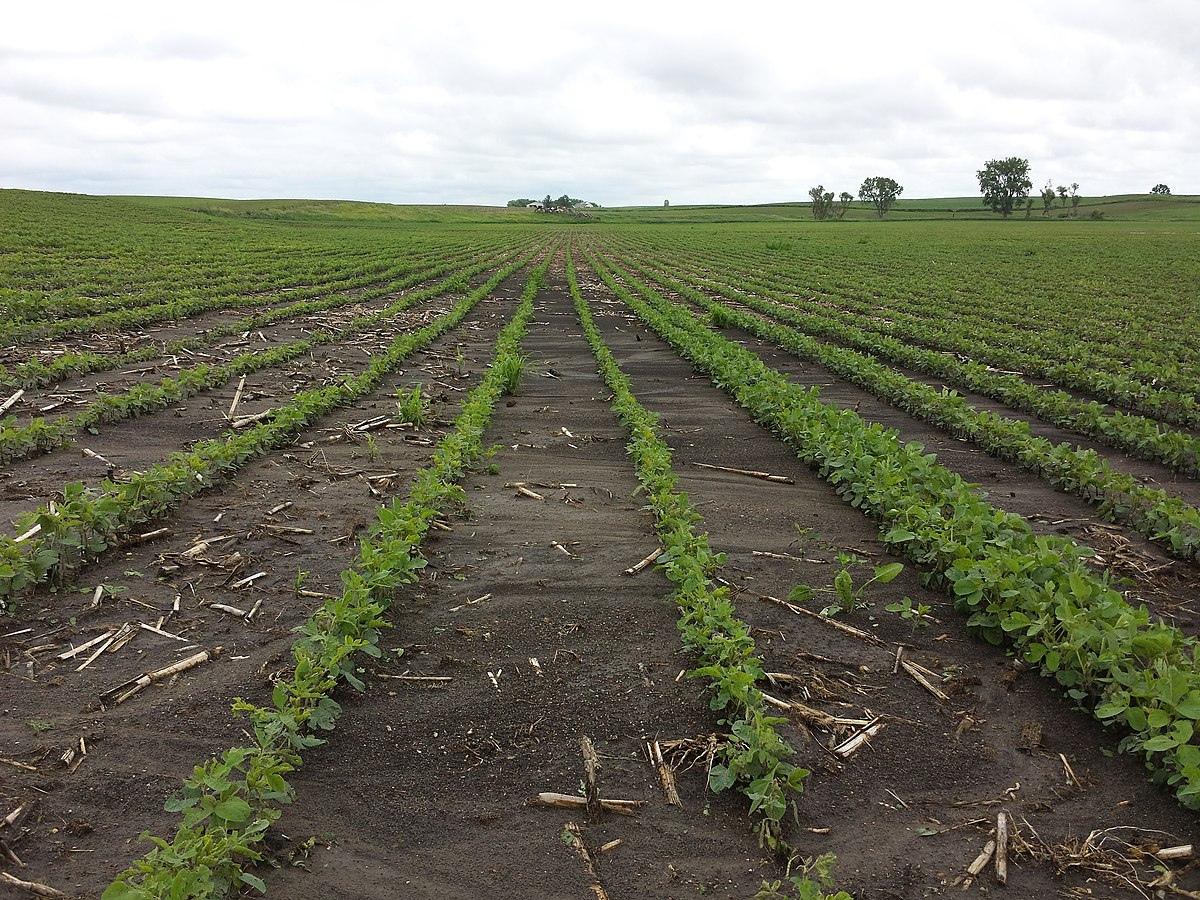
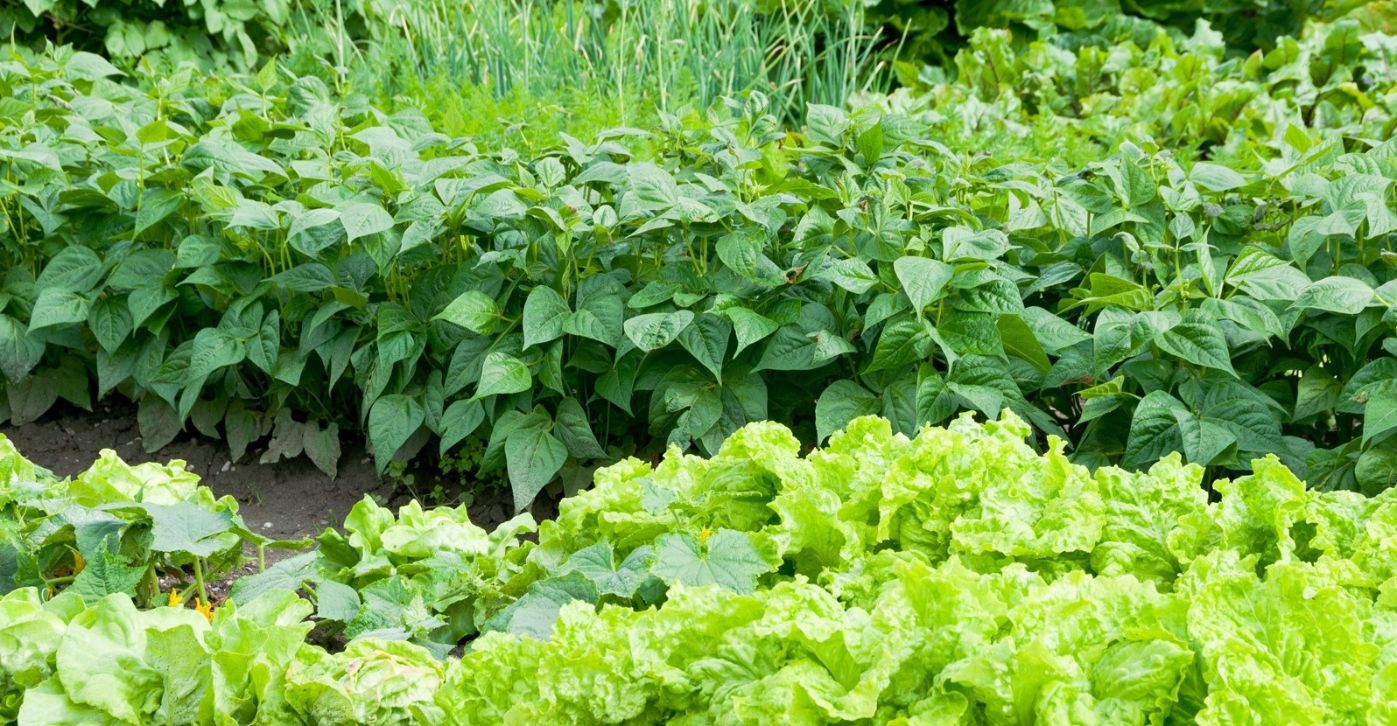
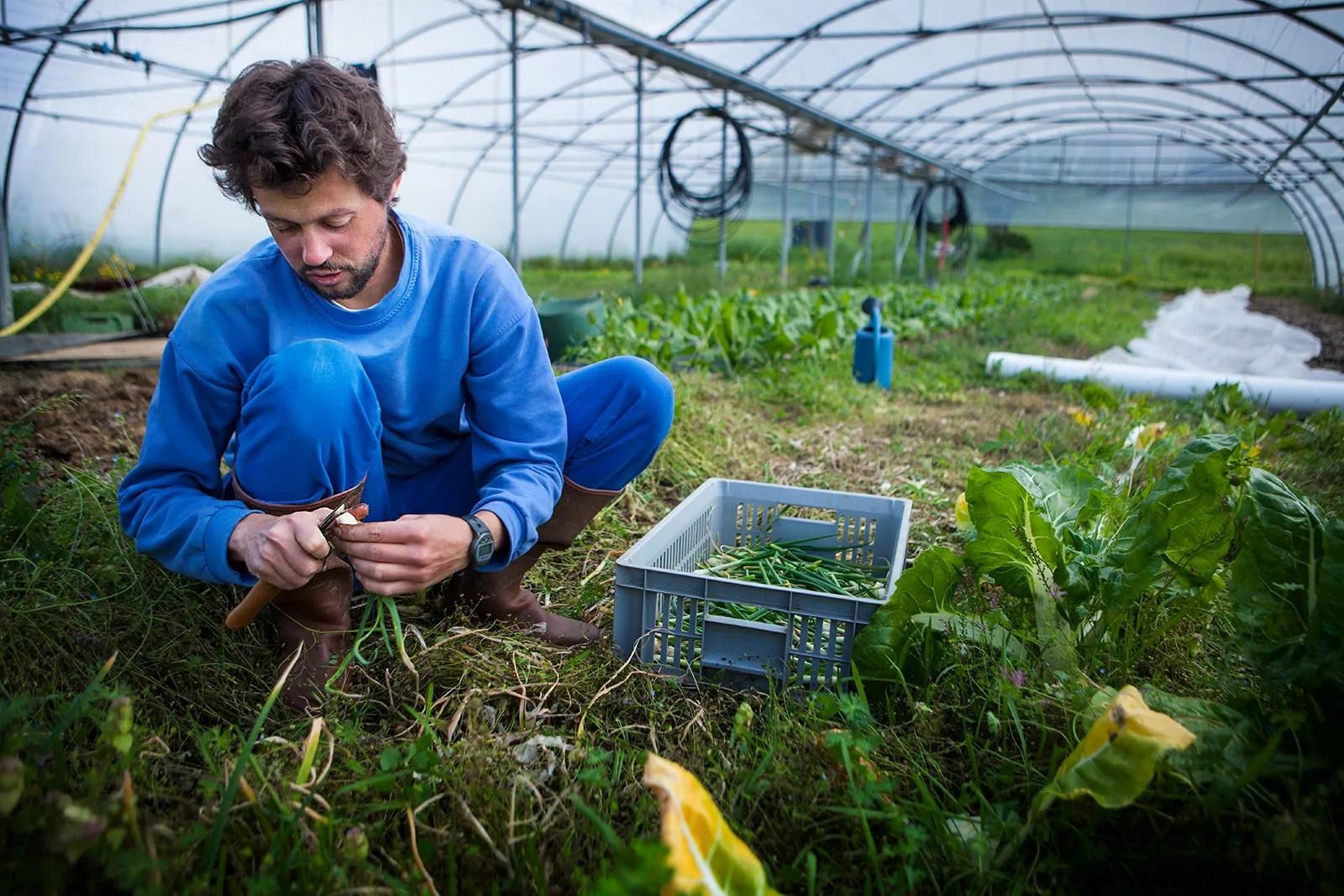
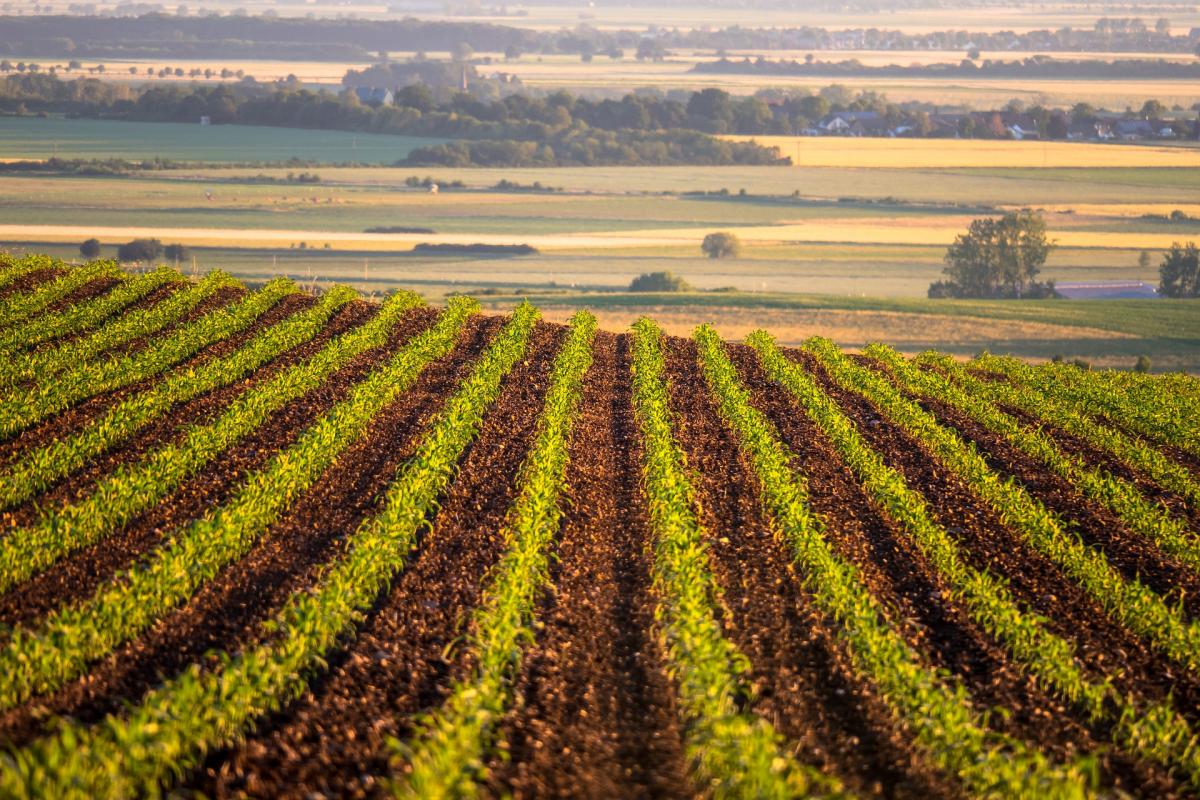
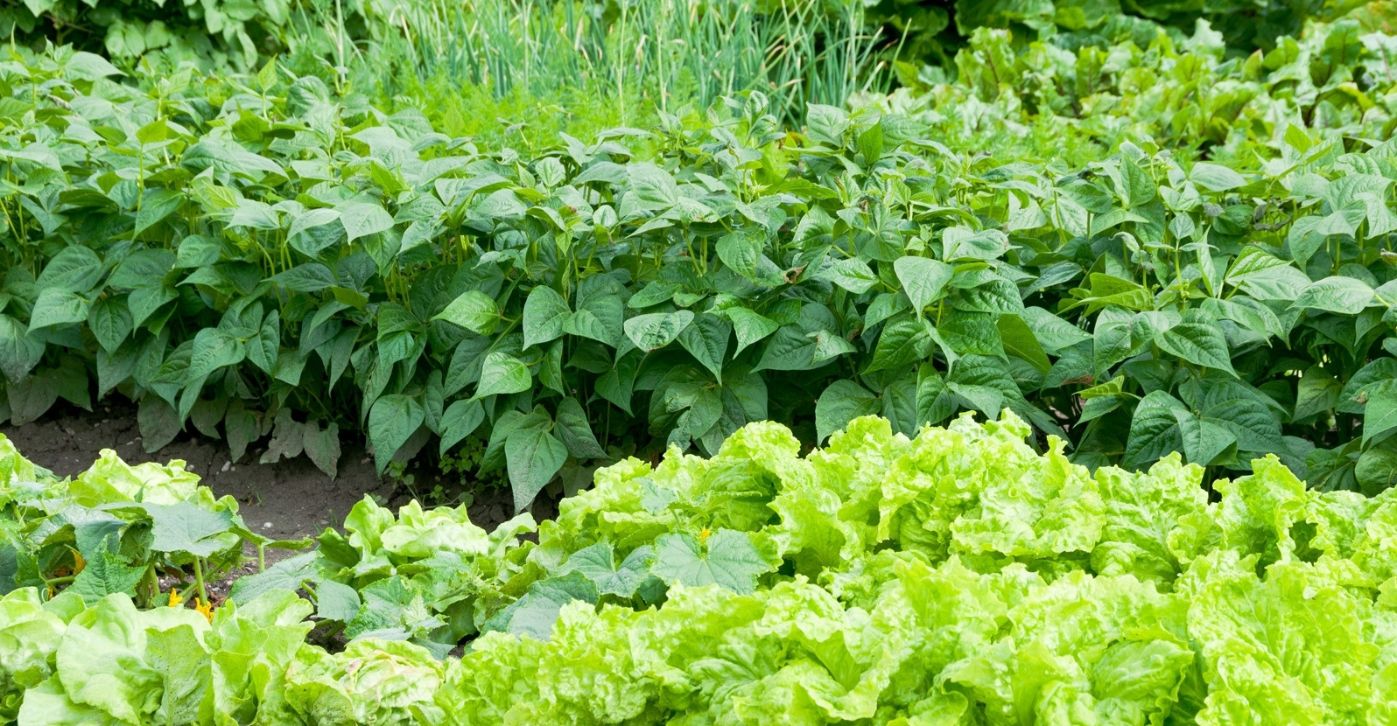
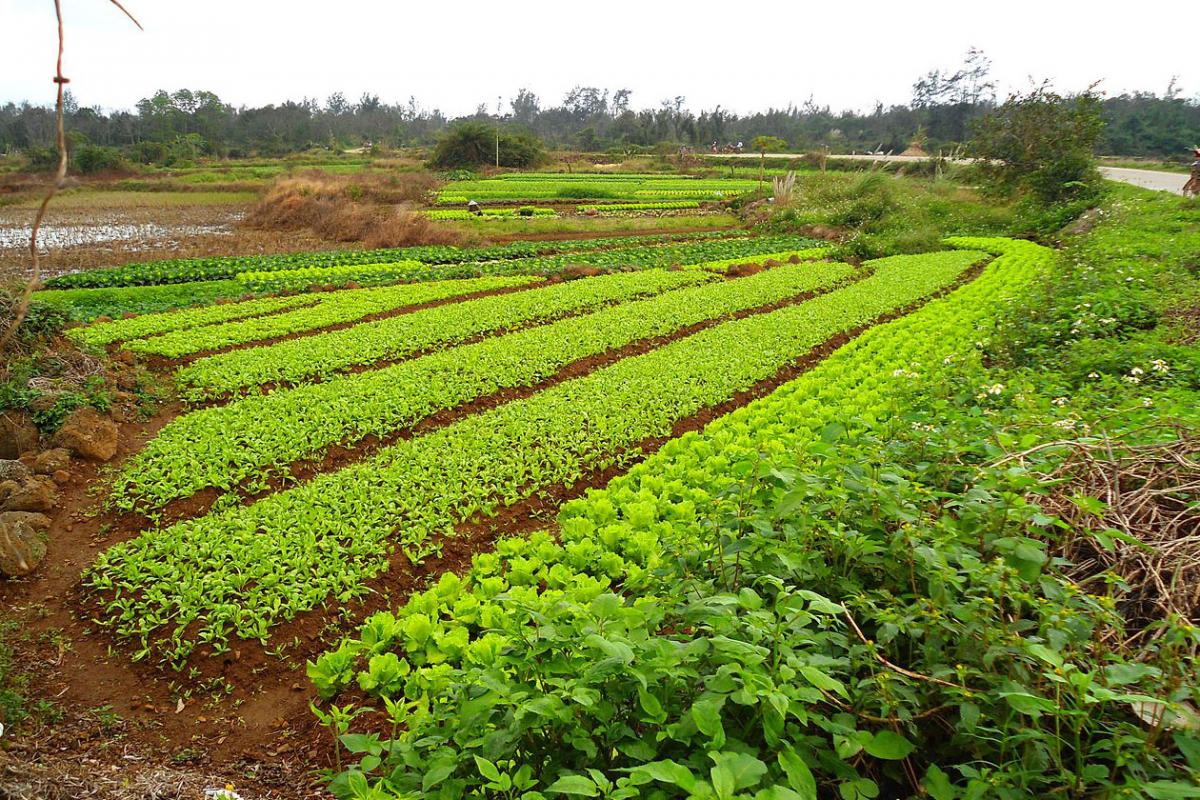
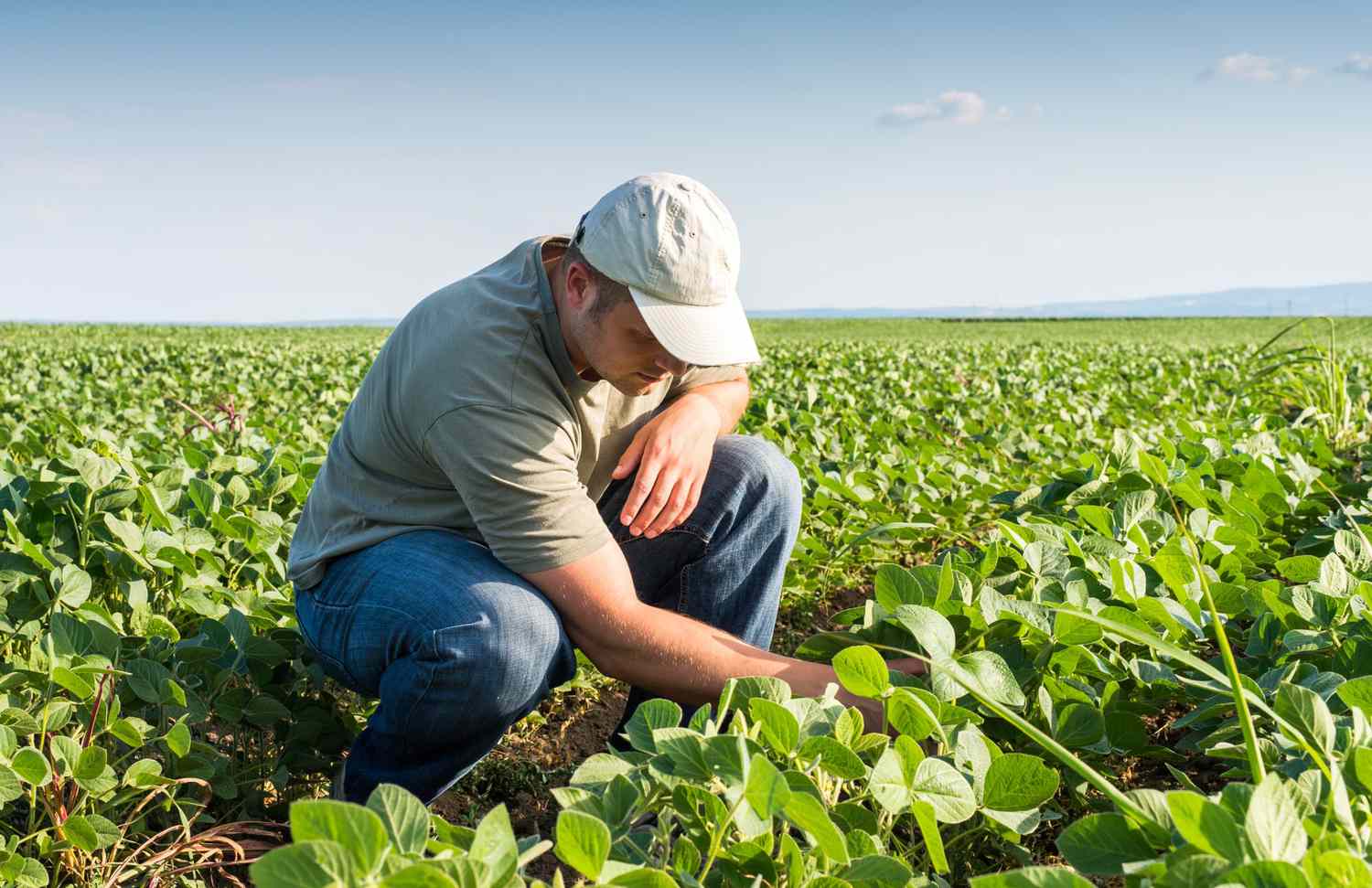
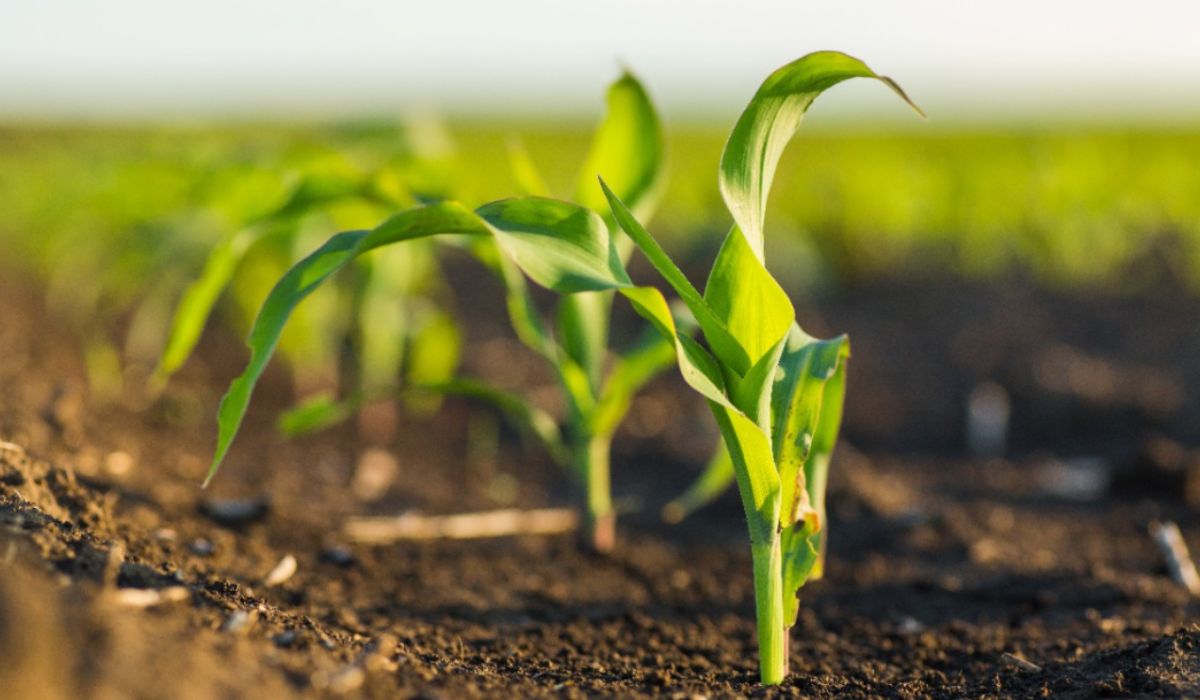


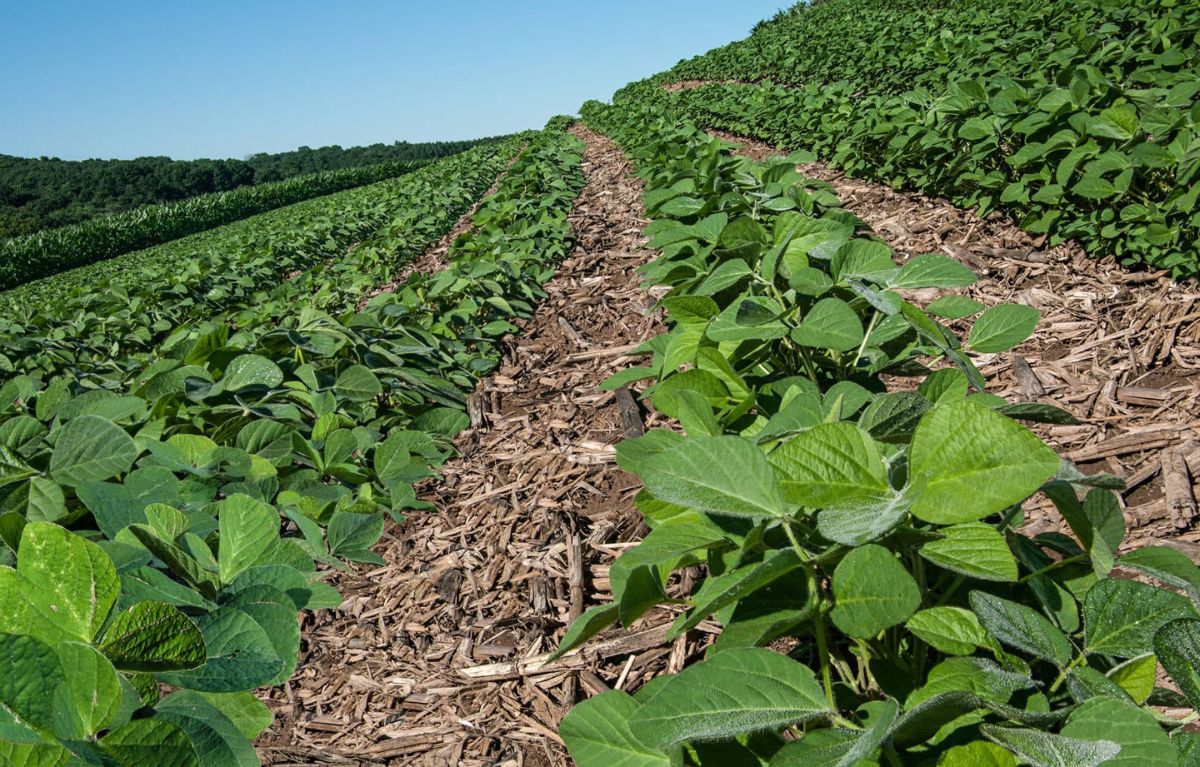
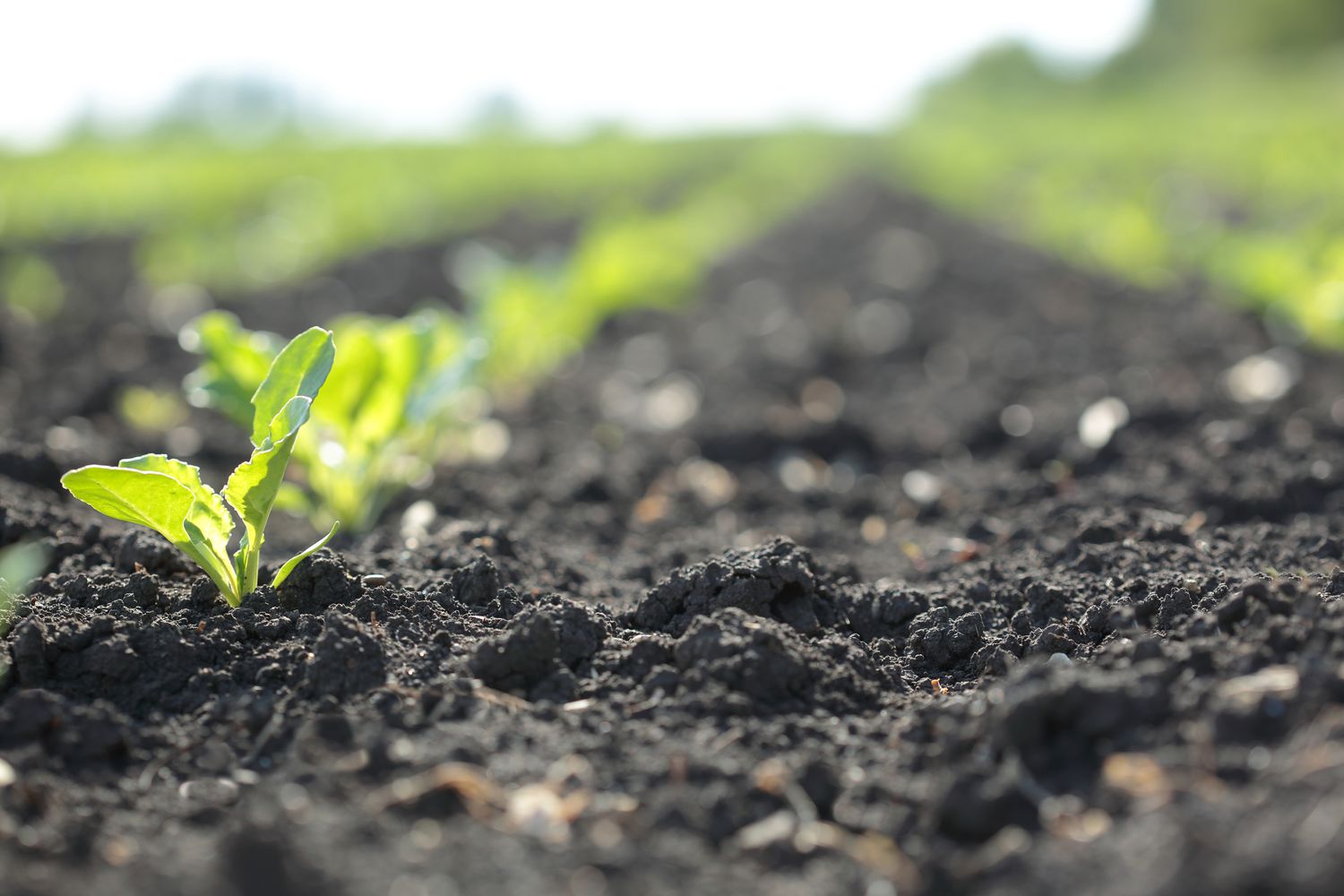
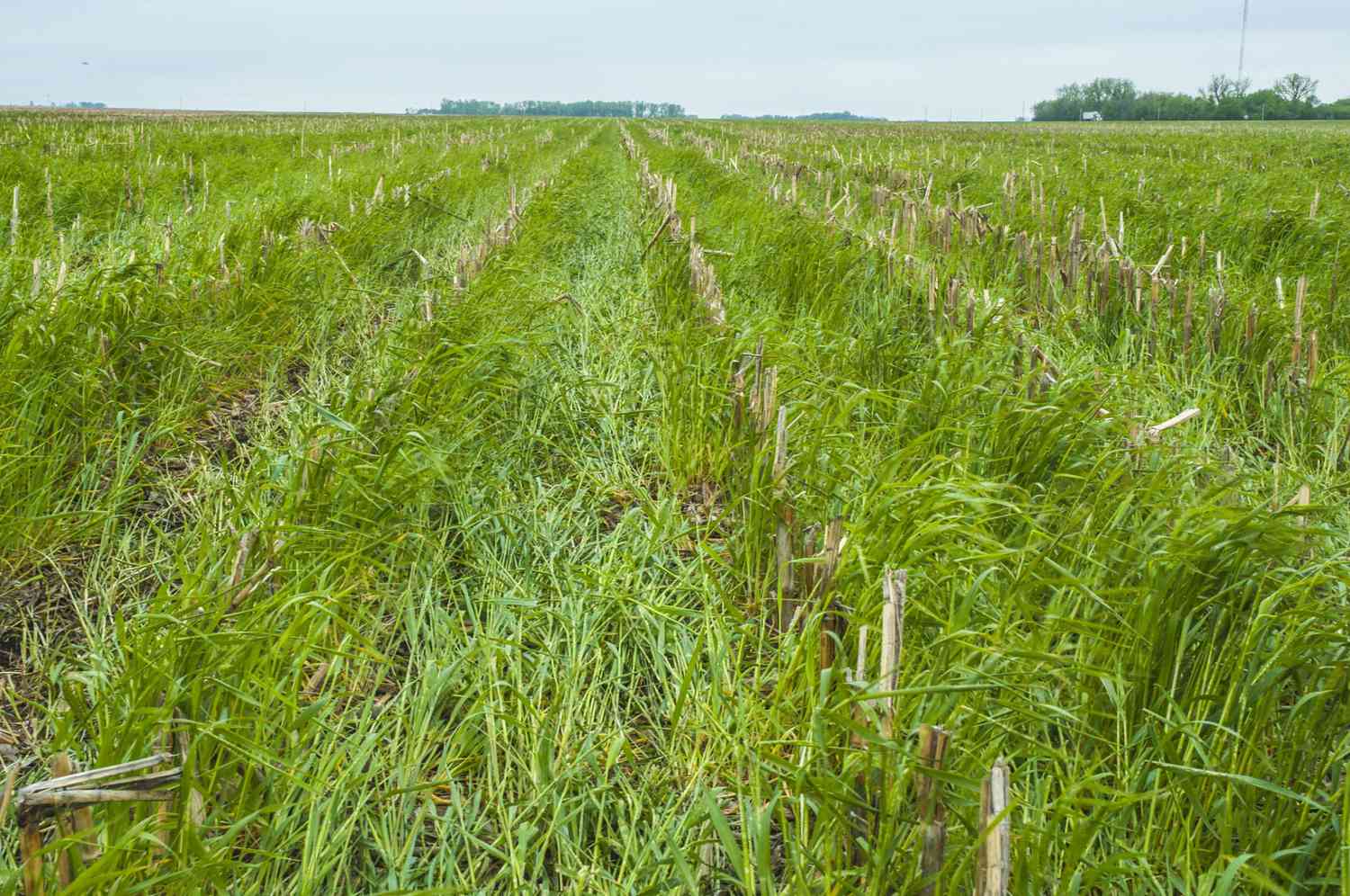

0 thoughts on “How Does Crop Rotation Help Preserve Soil?”